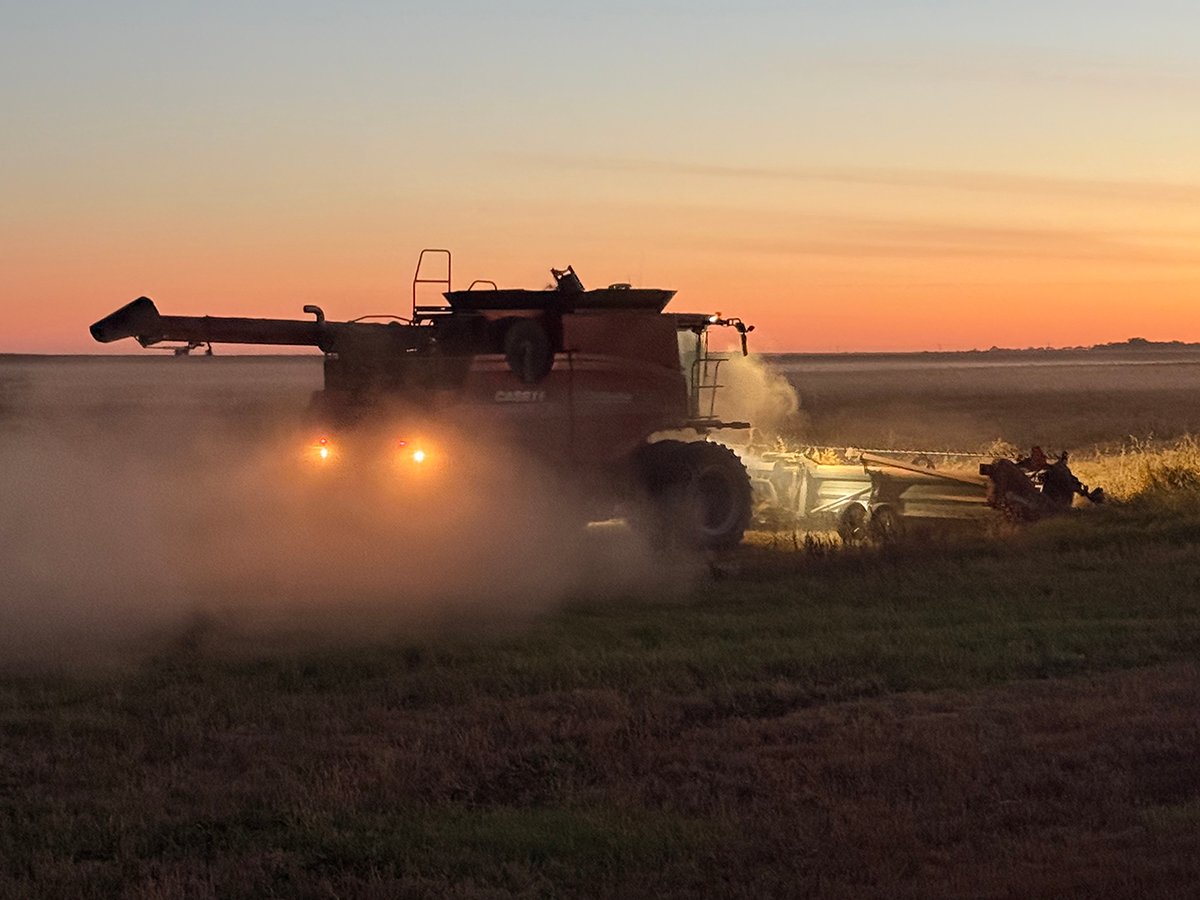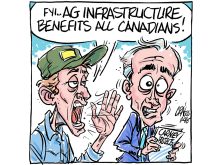IN LATE JULY, a message landed in my inbox from a Manitoba cow-calf producer with a number of intriguing questions.
The essence of the note was this: both cattle and hog producers have been losing money, mainly because of high input costs, a high dollar and blowback from U.S. country-of-origin labelling rules.
The hog industry has taken another blow from consumer perceptions after the H1N1 virus was misnamed swine flu.
Still, both industries face losses, margin-based programs that do not work and declining equity. So why have hog industry woes received so much more attention?
Read Also

Downturn in grain farm economics threatens to be long term
We might look back at this fall as the turning point in grain farm economics — the point where making money became really difficult.
“As a cattle producer who has managed to barely hang on during the past six years, I wonder out loud where my bailout/buyout is,” he said. “My equity is almost gone, eaten up by an industry whereby we are expected to subsidize our farming operations.”
Then followed the questions. Is it because many in the industry have off-farm jobs and are therefore considered less serious farmers? Is it because the cattle lobby is less effective than the hog lobby? Is it because governments realize their past promotion of a larger, export-dependent hog industry was a mistake and now are trying to save face?
Parts of the answer probably lie in all those questions.
But the largest part was played out last week in a Regina hotel conference room where the Canadian Cattlemen’s Association held its summer semi-annual meeting without the grim panic so evident among hog producers.
As my Regina-based colleague Karen Briere reported, agriculture minister Gerry Ritz took questions from the delegates for 36 minutes and there was no sign of the urgency hog sector leaders display.
There were questions about the adequacy of business risk management programs and the impact of COOL but none of the “this industry will be gutted if we don’t get help” talk. Later, CCA president Brad Wildeman offered his take on the question of why more attention has been paid to hog woes.
“We’re not in anywhere near the kind of trouble the pork industry is in,” he told Briere. “We’re not on the verge of collapse.” He praised Ritz for working on “long-term solutions” for agricultural stability rather than short-term cash fixes.
Perhaps most telling, the CCA president said there is little percentage in using the farm lobby pulpit to challenge ministers.
“Associations that want to beat up on politicians tend to be less effective,” he said. “We are critical in private when we need to be.”
That probably is the greatest part of the explanation. The CCA is not making the case for extraordinary aid.
After the Regina session, Ritz could properly conclude that in a business where the squeaky wheel often gets the political grease, there were few squeaking sounds from the CCA wheel.
Besides, the CCA went through its own meltdown after BSE in 2003 and government help was available, although much of it flowed to the packers through discounted prices paid to producers.
The Manitoba producer complained that government support after BSE was minimal. The hog industry has received sow buyout money and wants more.
“What did governments offer cattle producers at the height of BSE and since? Nothing, that’s what.”
Liberal agriculture ministers still carrying scars from cabinet BSE money debates likely would dispute that assertion.
















